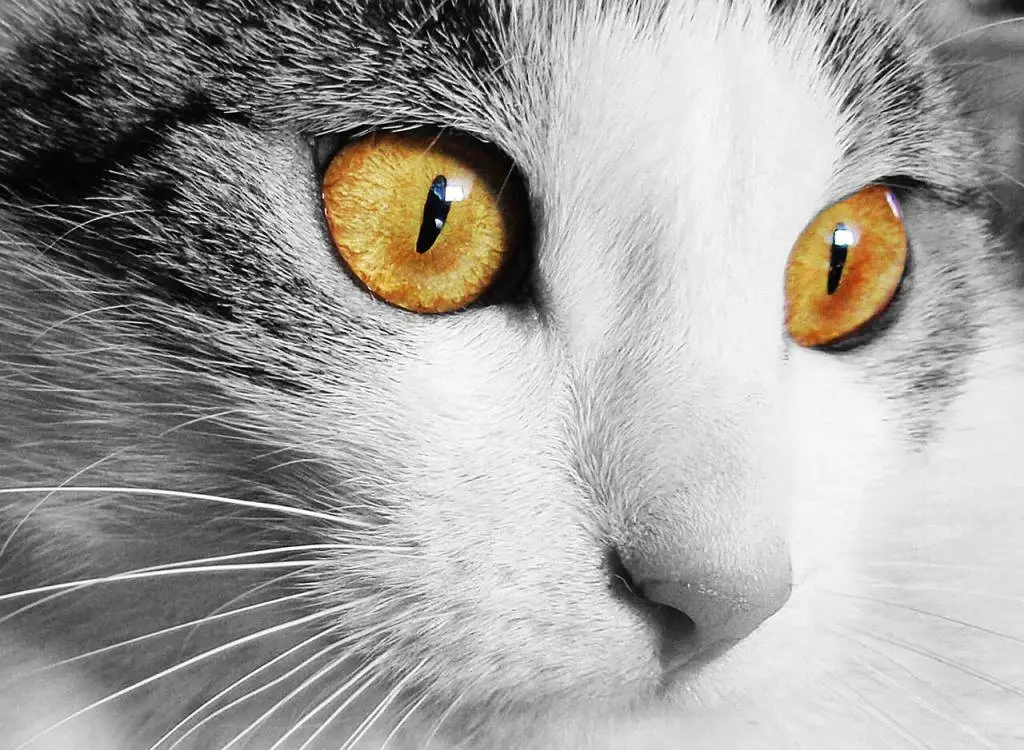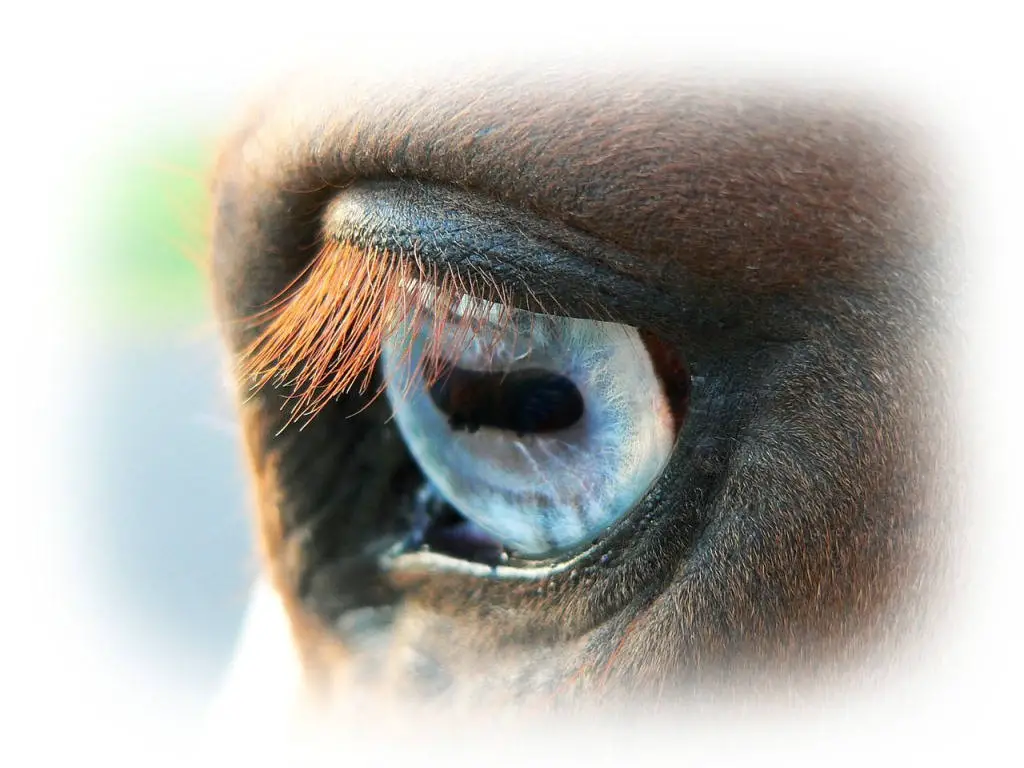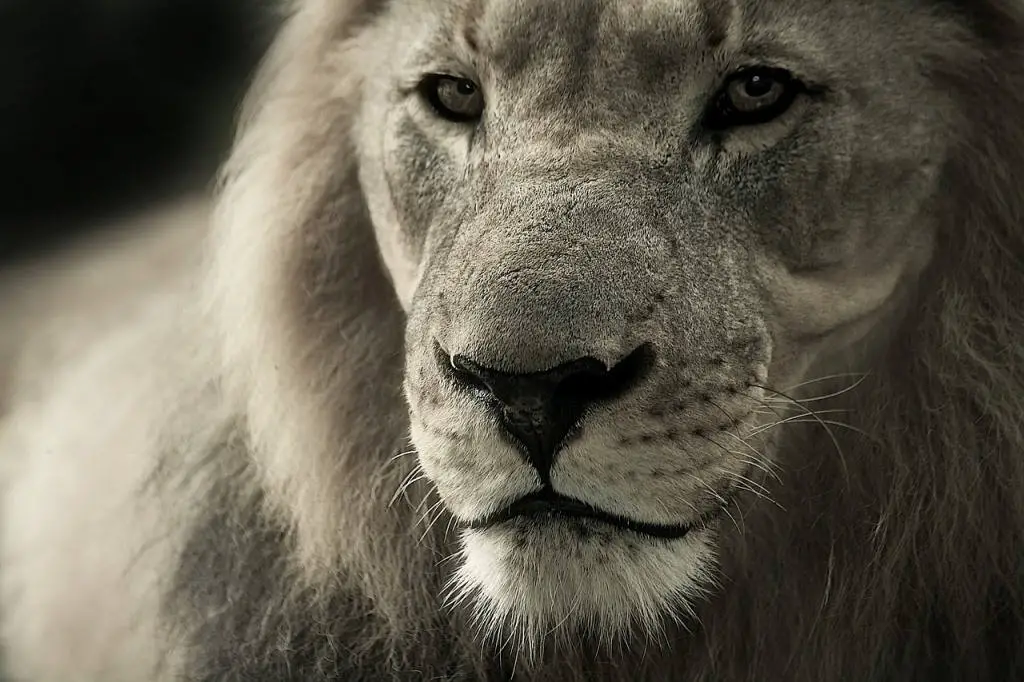Science & Tech
New Study Reveals Why Cats Have Vertical Pupils

Have you ever wondered why your cat’s eyes have vertical pupils, unlike yours and even those of some other felines, such as tigers? A new study reveals an interesting correlation between an animal’s ecological niche and their pupil shape.
It has been long known that slit-shaped pupils allow animals to easily adjust their eyes to both daylight and darkness, which helps them anticipate danger and find food at any time of the day – abilities that are crucial to their survival.
Now, a study conducted by researchers from the University of California, Berkeley, and the Durham University of England sheds new light on the reason why some animals have vertical-slit pupils while others have horizontal-slit ones. It turns out that pupil shape can predict whether an animal is a predator or prey.
In their study, which was published in the journal Science Advances, the researchers analyzed the pupil shapes and foraging habits of 214 land-based species. As a result, they concluded that predators who ambush their prey tend to have vertical pupils, which has to do with their tendency to stay active and hunt both during the day and at night. On the other hand, plant-eating prey animals that have their eyes on the sides of their heads tend to have horizontal pupils.
During the study, a computer simulation was used to demonstrate the sight with horizontally elongated pupils or vertically elongated ones. It was found that horizontal slits align with the ground and thus let more light into the eye from the front, back and sides and less from above and below. Such a panoramic vision gives grazing animals a useful advantage in detecting approaching predators and thus allows them to escape quickly in case of attack.

A horse’s eye
“The first key visual requirement for these animals is to detect approaching predators, which usually come from the ground, so they need to see panoramically on the ground with minimal blind spots,” UC Berkeley professor Martin Banks, co-author of the study, said in a press release.
As for the vertical slits, they help ambush predators better focus on their prey and judge how far away it is, which allows them to accurately pounce on their prey. Then, you may ask, why do big felines like tigers or lions have round pupils?

The researchers say that vertically slanted pupils only give such a hunting advantage to the relatively small predators who stay close to the ground – in fact, 82% of the ambush predators with vertically elongated pupils that were analyzed during the study are rather short and measure up to 42 centimeters (16.5 inches).
At the same time, the correlation between the eye shape and ecological role is not that strong in the case of round pupils. According to the researchers, in most cases, such pupils belong to active predators or foragers, i.e. animals that chase down their prey.
The researchers admit that there are exceptions to these rules, and it is worth noting that the study only focused on land animals. In further research, the authors want to analyze eye shapes of other animals, such as aquatic or aerial ones, to see if there is a similar pattern. Moreover, they are going to study some bizarre cases of pupils in nature, for example, those of lizards or some species of fish.
Typos, corrections and/or news tips? Email us at Contact@TheMindUnleashed.com
